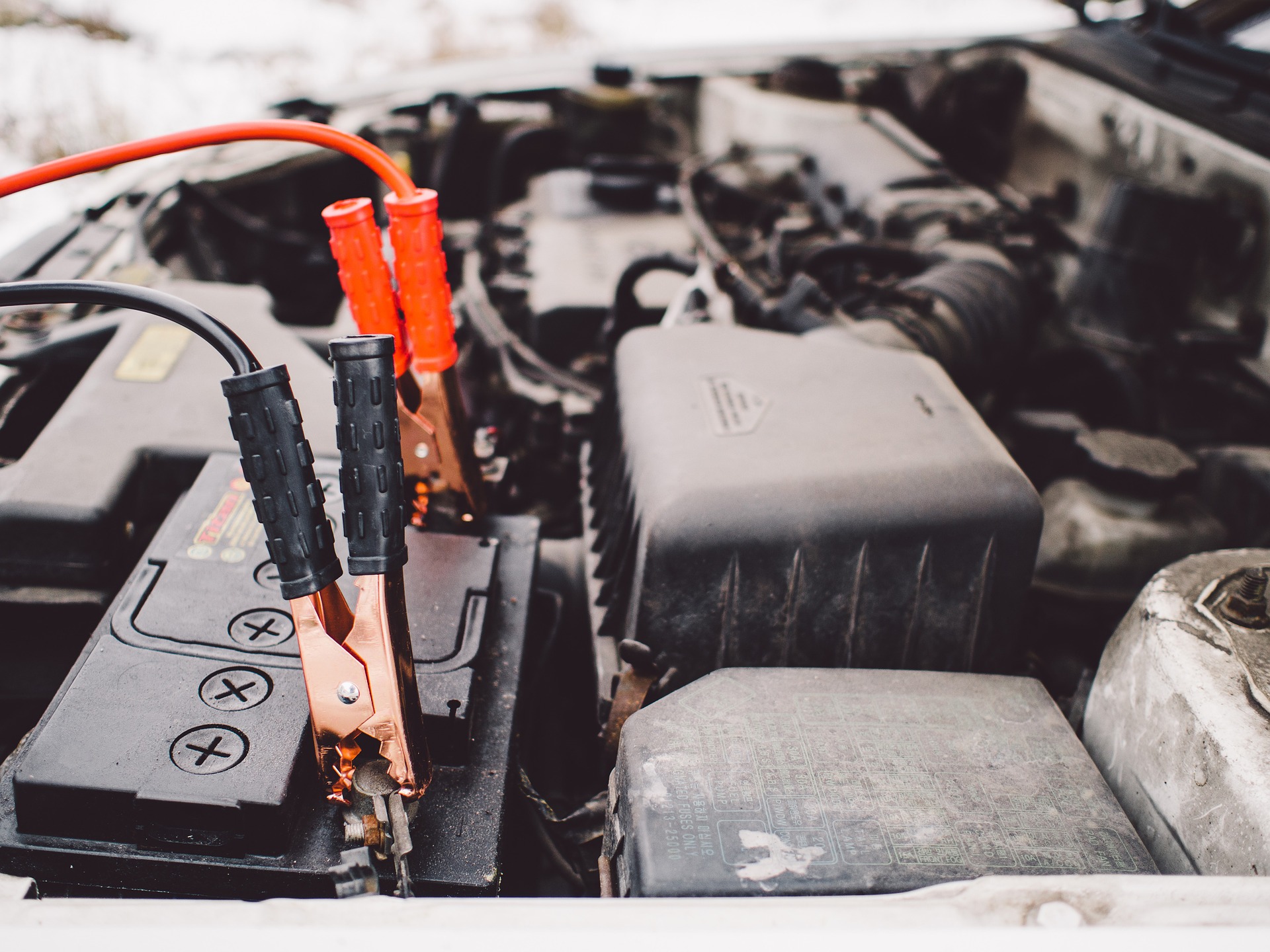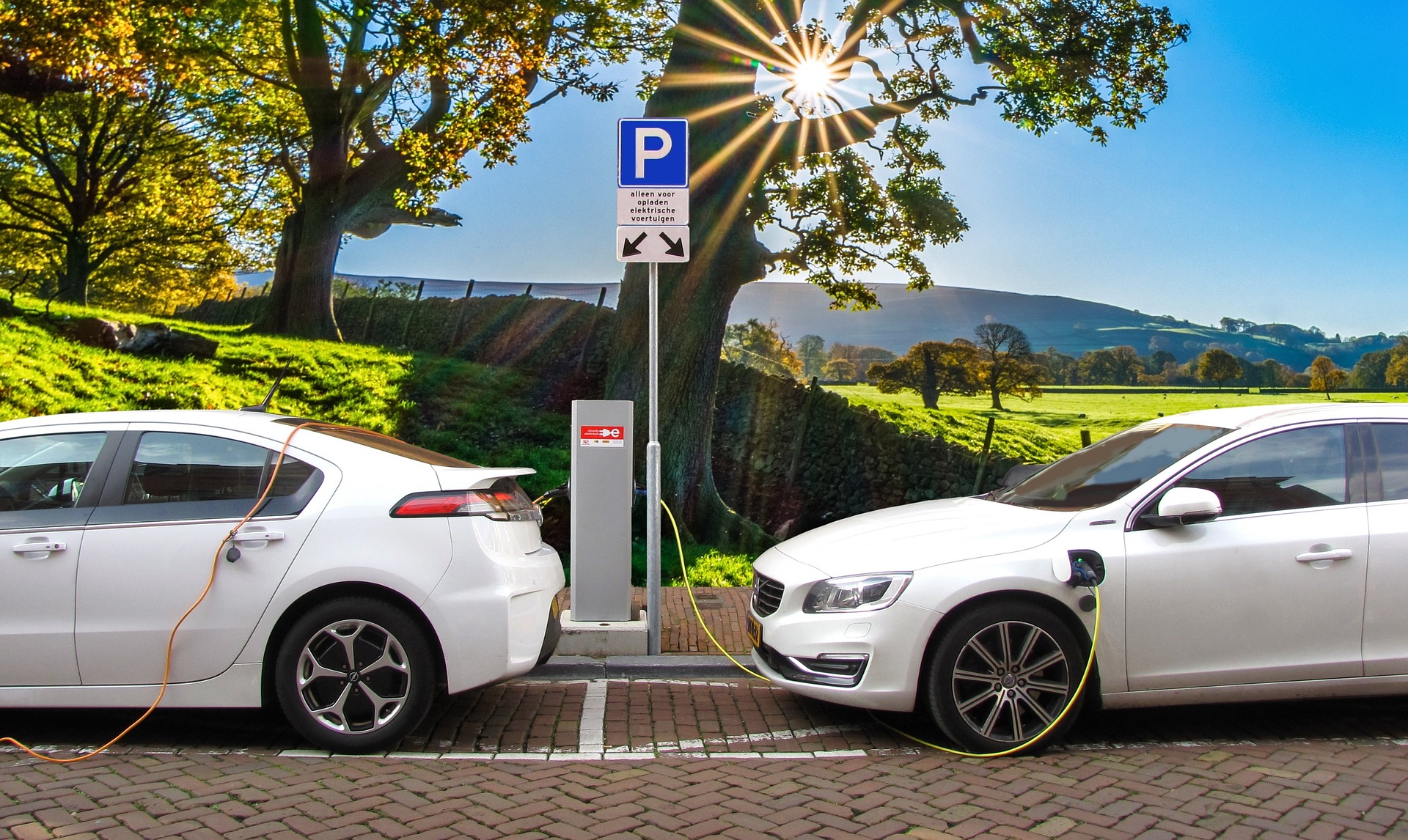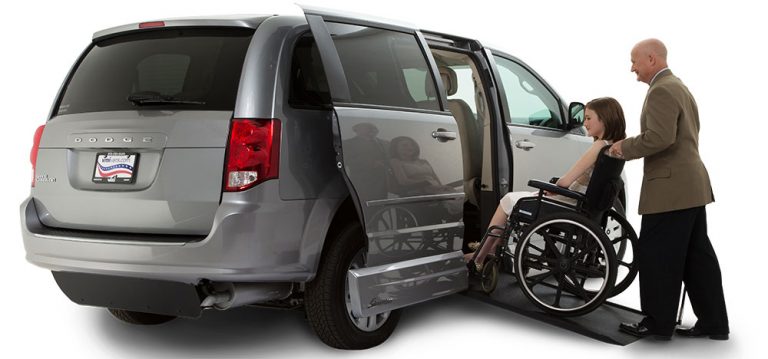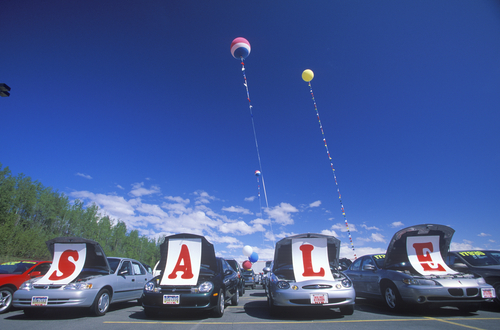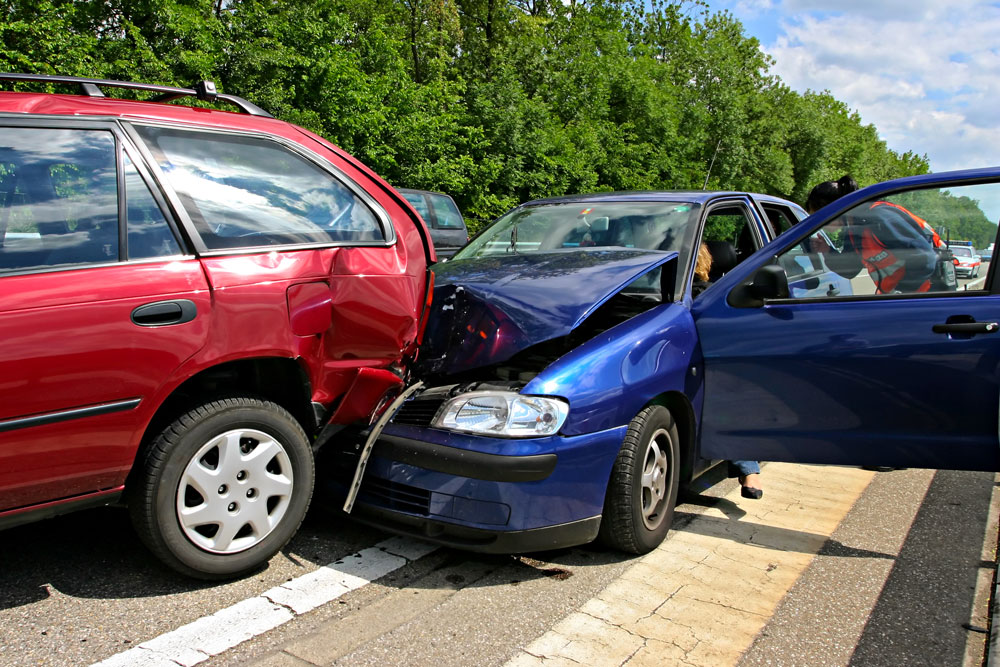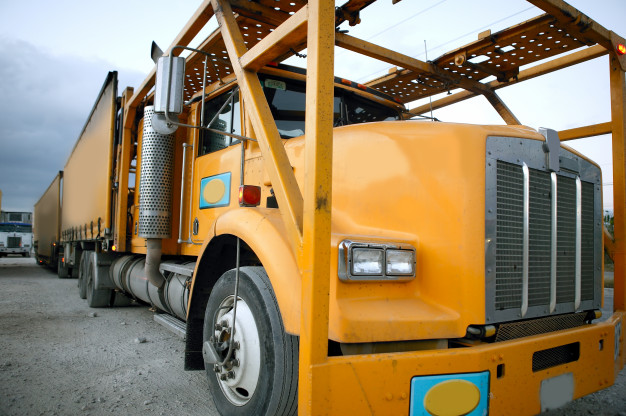Here’s a fact to get the ball rolling; Did you know? Majority of car breakdowns are due to a simple battery failure. Car Battery Maintenance can reduce the chances of your car breaking down. That’s right! Batteries, an invention of the 1800s still very much useful today. Power windows, music system, headlights, auxiliaries and what not, car batteries are an essential part of an automobile.
A car battery has a limited lifespan, a well-maintained car battery should last you around 3-5 years, But many find that they have to replace their car battery every 1 to 2 years. A poorly maintained battery loses its capacity to hold a charge and eventually fails. So, if you want to avoid the inconvenience of an unexpected breakdown simultaneously ensuring a prolonged battery life, we are here with 5 simple tips on car battery maintenance.
1. Always keep the battery terminals corrosion-free:
One of the most recurrent problems with battery is corrosion build-up on the negative and positive terminals. Corrosion acts as a barrier between the battery and the vehicle thereby breaking the connection.
A simple fix for this can be a light scrubbing with an abrasive pad to dislodge the crud build-up from the terminals. Car battery maintenance can minimize the chances of corrosion.
Top Tip: add a dab of vaseline to the terminals to prevent further corrosion
2. Do not operate any electronics during startup:
When the engine is running, the car alternator generates electricity and charges the car battery, but when the engine is off, the car relies on battery power only.
So, it is important to limit the use of any electronics just before or while starting the car to avoid unnecessary load on the battery.
Top Tip: switch off the AC and the music system before cranking the car to avoid damage to the battery.
3. Full charge your car battery at least once every month:
Did you know? Your car draws power from the battery even when the car is off. This is required for the anti-theft system to function.
Make a habit of charging your car battery every month or two to avoid a dead battery situation. This will also help the battery maintain a healthy charge density and prolong its life. Invest in a good battery charger for your vehicle if you don’t wish to visit a garage every month.
4. Check your car’s alternator for car battery maintenance:
An Alternator is a very crucial component responsible for charging the car battery when the engine is running. So, it becomes very important to ensure a functional alternator for a healthy battery life. Get the alternator checked every time you visit a garage.
Telltale signs of a failing alternator include; battery warning light on the dashboard, flickering headlights, engine cranking issues, and other electronic failures.
5. Do not overload your car battery with accessories:
Auxiliary fog lamps, high power music system, novelty lighting. These are all power hungry accessories draining the life out of your car battery. Every car battery has a load limit and can take only much before failing. Car battery maintenance can make your car move faster.
So, go easy with those fancy lights you’ve just bought off Amazon, and check if your battery is capable of taking the increased loads.
Bonus Tip: Always top-up car battery with distilled water ONLY:
In this day and age of “No-Maintenance” batteries, you don’t have to periodically refill the batteries with water anymore. But still, all car batteries require a specific level of distilled water to function optimally. Distilled water is required for the proper flow of electricity in the battery. Using normal tap water which contains metal ions can permanently damage the electrodes causing a degradation in charging capacity of a battery. Low water level can damage the cells inside the battery causing a failure.
Visit your nearest hardware store for a litre of distilled battery water.
Read Also:













